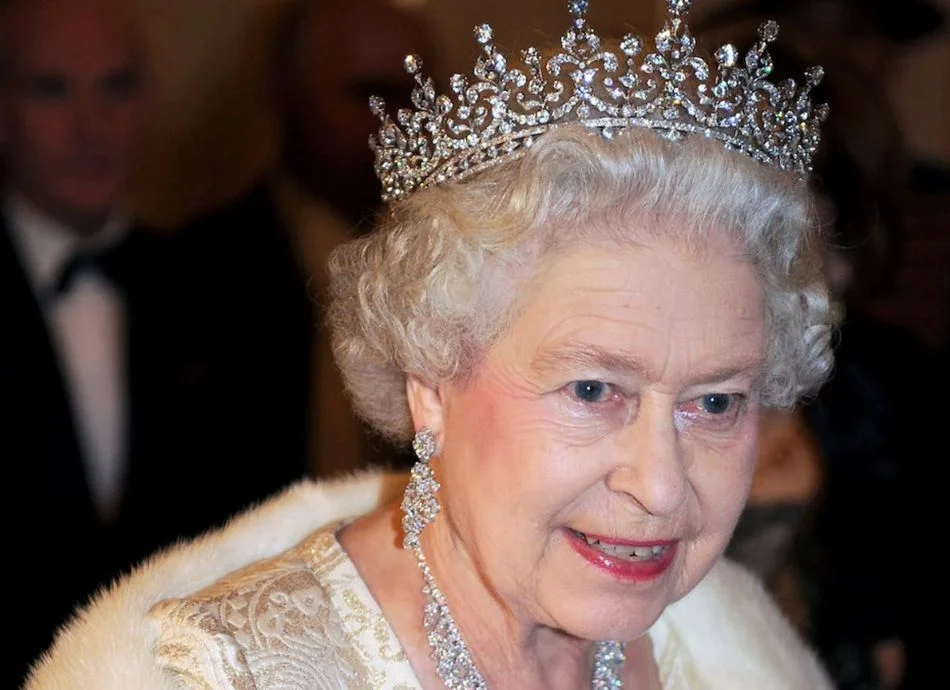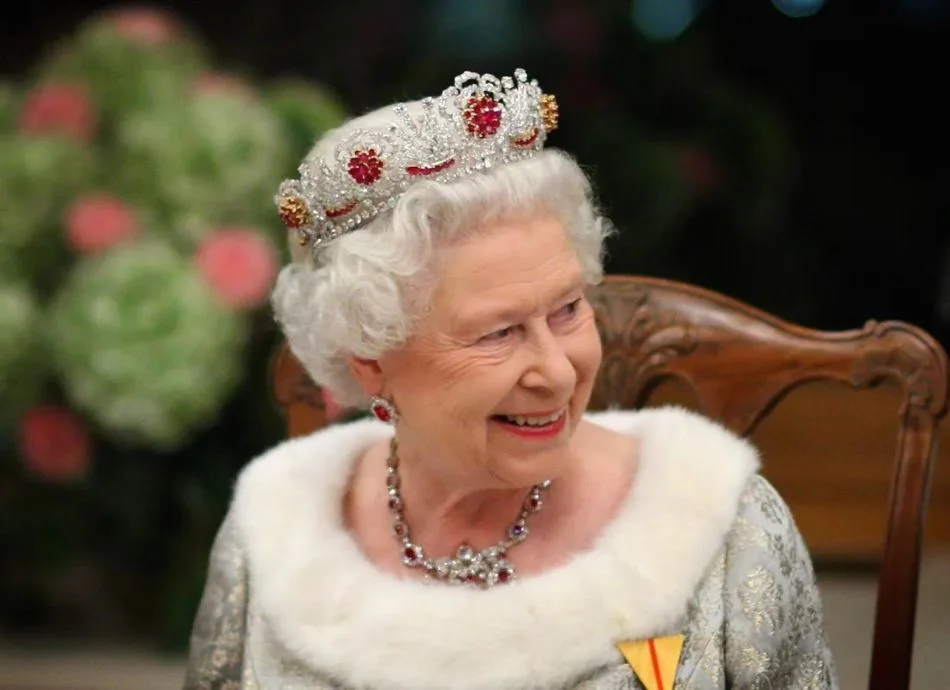
The Nizam of Hyderabad Tiara is a crown jewel steeped in royal history, opulence, and unmatched craftsmanship. It epitomizes the splendor of Indian royalty, particularly the wealth and aesthetic taste of the Nizams, one of the richest dynasties in the world. In this blog, we’ll explore the fascinating origin of this tiara, its design, and its present whereabouts.
The Legacy of the Nizams and Their Jewelry
The Nizams of Hyderabad were known for their lavish lifestyle and extraordinary collection of jewelry, including pearls, diamonds, emeralds, and rubies sourced from around the globe. As rulers of one of the wealthiest princely states in India, they adorned their court and personal lives with exquisite treasures.

Among the iconic pieces commissioned under their reign was the Nizam of Hyderabad Tiara. The tiara represents not just power and wealth but also reflects the artistic sensibility of its wearer and the exceptional artisanship involved in creating it.

Design and Craftsmanship of the Tiara
The diamonds in the tiara symbolize purity and grandeur, while its floral motif reflects a fusion of European Art Nouveau elegance with subtle Mughal-inspired elements, highlighting the Nizam’s appreciation for both traditional and contemporary styles. The design features three detachable English roses—one larger and two smaller—arranged ‘en tremblant’ to shimmer with movement. These roses are nestled within a foliate frame of diamond-studded leaves set in platinum. Crafted by Cartier, the tiara’s versatility allows the roses to be removed and worn individually as brooches.
The Gift to Queen Elizabeth II
One of the most notable aspects of the Nizam of Hyderabad Tiara is that it was gifted to Queen Elizabeth II as a wedding present in 1947. Ahead of her wedding to Prince Philip of Greece, the Nizam instructed Cartier’s London branch to allow the young princess to choose anything she desired as a gift. In addition to selecting the tiara, she also chose a Cartier diamond necklace. Both pieces were showcased with the Official Gifts at St. James's Palace.
The tiara quickly became a favorite of Elizabeth’s, frequently worn during the early years of her marriage. She famously wore it for the Return Banquet of the Dutch State Visit in 1950, a dinner during the Norwegian State Visit in 1951, multiple appearances on her extensive tour of Canada that fall, and the Royal Variety Performance in 1952. On the American leg of the 1951 tour, she paired the Nizam necklace with the Girls of Great Britain and Ireland Tiara during a visit with President Truman and his family.

The Cartier necklace has an interesting history. Originally created in 1935, it was sold to an unknown buyer in 1936, only to be reacquired by Cartier the following year. The necklace initially featured additional pendants, which were removed in 1946. Describing the piece in *The Queen’s Diamonds*, Sir Hugh Roberts notes: “The pavé-set centre with detachable double-drop pendant incorporating 13 emerald-cut diamonds and a pear-shaped drop; the chain of 38 brilliant-cut open-back collets with an elongated oval brilliant-set snap.” Although Elizabeth shortened the chain, as she often did with her necklaces, she kept the rest of the piece intact.
Both the tiara and the necklace remain celebrated examples of Cartier’s craftsmanship and are enduring symbols of the Queen’s personal style.
The Tiara’s Transformation
In 1970, Queen Elizabeth II modified the Nizam of Hyderabad Tiara, repurposing parts of the original design to create the ‘Burma Ruby Tiara’, which features rubies symbolizing health and protection. While the floral elements were preserved and occasionally worn by members of the royal family at formal events, the rest of the tiara was dismantled to reuse its diamonds. This alteration was only officially confirmed in 2012 by Sir Hugh Roberts in ‘The Queen’s Diamonds’.

The Legacy Continues
Though the Nizam of Hyderabad Tiara has not appeared frequently in public in recent years, it continues to symbolize the Nizam's generosity and the elegance of cross-cultural craftsmanship. The accompanying Nizam necklace remains an important piece in the royal collection and has been loaned to the Princess of Wales. Kate Middleton wore it publicly for the first time at the National Portrait Gallery in 2014, reinforcing its status as a symbol of Indian heritage and royal splendor.

The Nizam of Hyderabad Tiara is more than just a piece of jewelry. It represents a bygone era of Indian luxury, international diplomacy, and the timeless appeal of diamonds. Whether worn by royalty or admired in photographs, the tiara tells the story of a dynasty whose influence extended beyond borders, leaving behind treasures that continue to enchant the world.
This tiara, much like the other jewels in the Nizam’s treasury, serves as a reminder of Hyderabad’s heritage and the enduring allure of fine craftsmanship.







